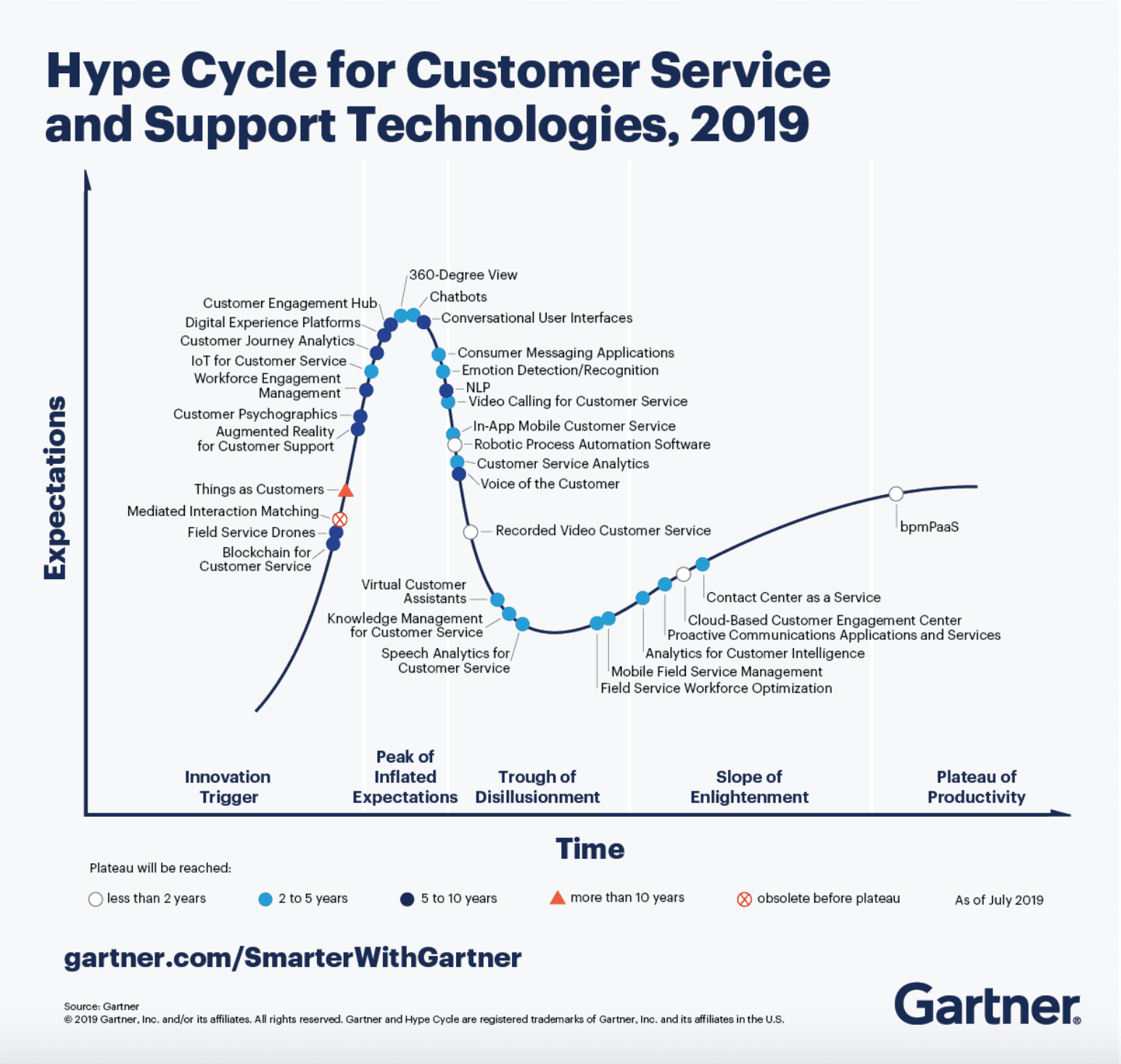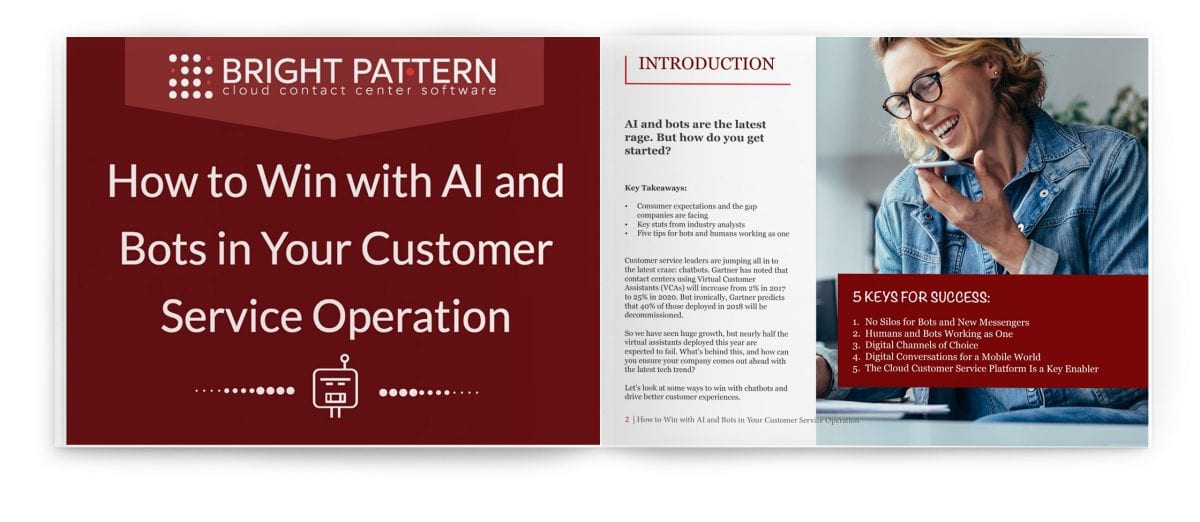As we turn the page to a new decade, a vision for the future of CX emerges. Looking back at the past year, CX scores have once again remained flat. Forrester sums it up best in its 2019 US Customer Experience Index, stating, “Not a single brand has managed to rise to the top of our rankings and continue to move upward,” adding that even the “elite brands” are stagnant. With the amount of data and technology available, there’s simply no excuse for A+ brands to continue getting C- scores.
The good news is that global CX spending is expected to increase by over 8% through 2022. However, companies should be strategic in their CX spending by focusing on omnichannel, cloud-based platforms, which offer greater flexibility and overall cost savings than piecemeal applications. By leveraging cutting-edge technology and robust knowledge bases in 2020, brands can go from flat to the top of Mount CX.
One major change for 2020 and beyond is the first wave of Gen Z have now graduated college and have entered the workforce (or as the kids like to say— “adulting”). Gen Z currently represents 27% of the US population, but by 2026, they will be the largest consumer group in the US. Society may dub Gen Z as the “always on” generation, but make no mistake, they are smart, savvy,and sensitive, and value brands that are transparent and authentic. Gen Z are visionaries, influencers, creators and entrepreneurs, and with attention spans of around 8 seconds, they expect brands to offer high-quality content and powerful tools like AI, chatbots, and advanced self-service options.
But as we look to the future, we can’t forget about our past (OK, Boomer). While Gen Z may be the fastest growing consumer segment, Millennials, Gen Xers, and Baby Boomers still have over twice the purchasing power of Gen Z, and unlike their upstart counterparts, they prefer a more low-tech customer experience. In fact, voice is still the primary channel for all US-based contact centers–often a last resort when other digital channels fail to deliver. Dealing with all these channels–old channels like voice and email and newer channels like bots and messengers–may seem challenging, but with capabilities such as a single CX platform to manage the entire spectrum of channels, companies can now provide the best experience for everyone.
Trend #1: Chatbots Get Smarter
The rapid growth in chatbots over the next year is the low-hanging fruit of predictions. These front-line task masters have been a cost savings revelation to CX leaders. One tech CEO estimates that the global market for chatbots will be $5.6 billion USD by 2023. Additionally, Gartner lists chatbots at the “Peak of Inflated Expectations” for its 2019 Hype Cycle.
Although chatbots are becoming an essential tool for contact centers, according to a recent survey by TechRepublic, only 15% of consumers said they preferred interacting with a bot (versus a live agent). As more knowledge is poured into CX databases and AI continues to learn, we can expect chatbots to handle more complex tasks, more effectively. Chatbots 1.0 were, quite frankly, bad bots that resulted in poor service. But bots are now getting to be brighter bots as Chatbots 2.0 have now arrived on the scene. These new waves of bots won’t be deployed as silos but will be integrated with other channels as part of a seamless omnichannel experience.
Take, for example, a customer with a repeat issue of a product or service. If it’s the second or third time they are contacting a business to address the problem, the customer will most likely be frustrated or irate. Chatbots with advanced AI should not only be able to recognize this, but also gauge sentiment using AI and gather all key information for seamless handoff to an agent with all key information when a human is needed.
“Specialized use cases for bots trained to address and resolve specific customer problems will become more prevalent versus most bots today, which are often not focused and not highly effective. Brighter bots will emerge based on reviewing specific customer journeys and building bots to address those journeys. These bots will triage basic information and resolve the issue. And in cases where they can’t, then the interaction will be escalated to the right human with all context from the bot conversation for a conversation that seamlessly blends bots and humans.” — Ted Hunting, SVP of Marketing at Bright Pattern





